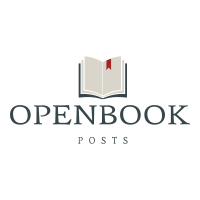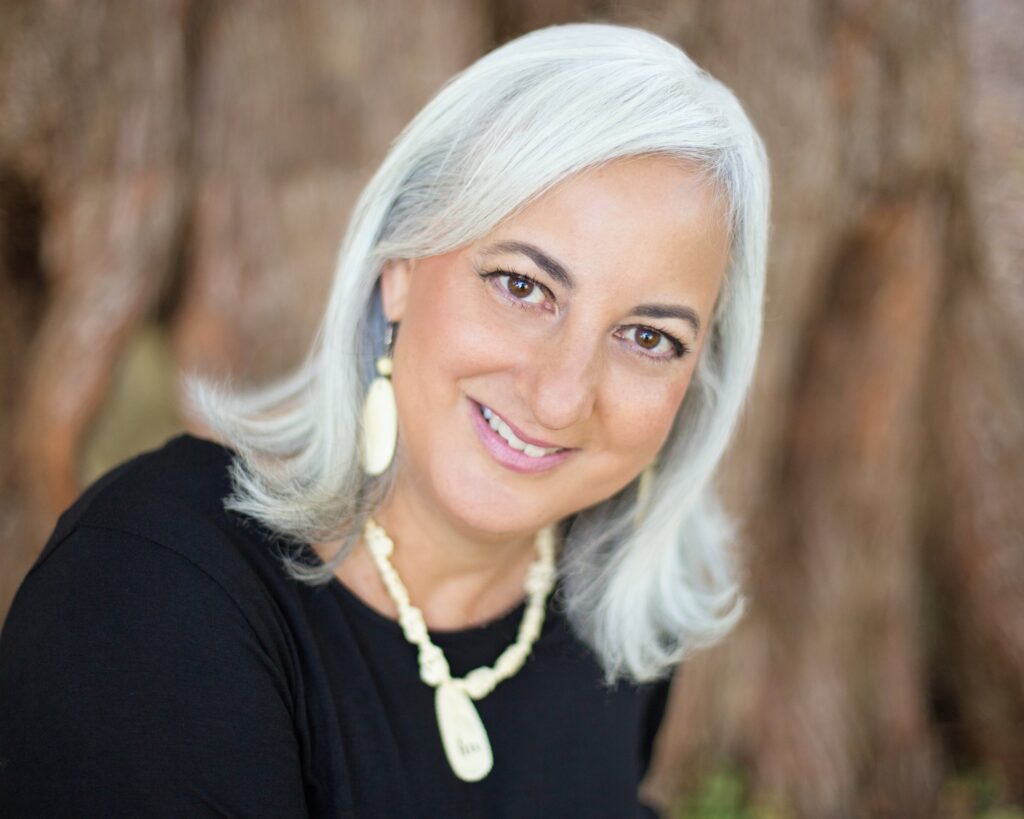1. Is It harder as an adult to write and remain true to the thoughts and feelings of a young girl?
That’s a very good question. I admit I struggled now and then with language and word choice. I wanted to capture the sound of a narrator for whom English was not their first language, why I chose a simpler tone, but I didn’t want it to be too young and simple (BTW, the audio narrator, Suzanne Toren, captures her voice beautifully). I wanted more depth to the narration so used words that might have been above Hanna’s age. On the other hand, I have a very good memory, which goes back to when I was crawling. I think having that kind of memory helps me recall what it’s like to be a sibling/daughter/girl on the edge of womanhood.
2. Why did you decide to write this book as a Y.A. novel?
I wanted the story told to the next generation. Holocaust survivors are sadly leaving us daily. I don’t want their stories to disappear. And teens are so impressionable. If you can instill empathy early, you’ve won something big for society.
3. Can you tell us how you learned about the real life family that lived in the caves and what your research involved?
I saw a documentary based on their experience during WW II and about the caver, Chris Nicola, who discovered them, titled No Place on Earth. It’s very powerful and I highly recommend it. Getting hold of Esther Stermer’s rare biography was crucial. Beyond that, the research was too extensive to list here. It was done over 6 years and involved online research, history books, memoirs, interviews with survivors, and discussions with museum curators. I believe there is information in this book that has not appeared yet in fiction.
4. What were some challenges you faced while writing this story?
I had no idea what I was getting into in terms of the complex history of that part of the world. The U.S. has a very brief, simple history by comparison. All the changes in regimes and governments, the borders and country renames, the politics, etc., were very hard for me to follow. Luckily one survivor from that area was able to explain it to me in laymen’s terms. I had to completely rewrite the opening for historical accuracy as I’d gone off base.
5. Upon completion, did you feel like it was book of nonfiction as much as it was historical fiction?
I don’t feel that way, but I know some people feel like that opening is a bit less novelistic than they are used to. But it was important to set the stage to understand what Hanna’s family had been through over the century, beyond and before WW II even started.
6. While writing an emotional story like this does it take a lot out of you while writing it or do you have to distance yourself from the subject matter?
This is another very perceptive question. The research was very hard on me. Being a writer I’m a hypersensitive person, and the atrocities committed by both the Russians and Germans were at times almost unbearable to read. I had nightmares early on. I was depressed. There was information I wish I had never discovered. But the importance of the story kept me moving forward. I am now utterly exhausted, and it’s taking me some time to come back from the “darkness” of the era.
7. What was the hardest scene in the book to write and what was your favorite scene in the book?
My favorite scenes to write were the ones where she interacted with Leon and Alla. The hardest one to write was when the Tzeler shows up at their cabin. That was tough emotional terrain and hard to get right. Hard to know how to depict the family reactions so that they would be believable. I hope I got it right.
8. What is the significance of the section of vignettes that begin with “Tell me a story…”? These stories are technically being told to Hanna, but it feels more directed toward the reader.
As I wrote the novel, I began to realize that the Holocaust is made up of millions of stories. And that each individual has multiple stories from within their community and personal histories. While the book started as a story being told to the reader, it also became the smaller stories that were told to make sense of their plight and their Jewish history. Story is also a way to teach the younger generation through fables and folklore, which fascinates me. I wanted some of these fables to show what the older generation thought was of primary importance to pass on. It was also, simply, a way to pass the time in the darkness. Don’t we all tell stories to our children before they slip off to sleep, to get them prepared for that temporary darkness so they won’t be afraid? Storytelling is universal and I wanted to show that.
9. How was Hanna developed? Did she grow and change as she wrote the story or while she was researching the story?
Hanna definitely grew with research. I’m an instinctive writer so had no outline going into this. I let her dictate where she was going to go and what she would do. As you write and get to know characters more deeply, they kind of take over. And research can direct twists and turns.
10. Throughout the book, the characters (and therefore the reader) clings to small bits of hope such as leaves, morsels of food, and small rays of light. Does the survival of the Slivka/Stermer families have as much to do with hope as it does with strategy and luck?
Hope in essence is what keeps all human beings alive. Hope takes different forms for different people. It’s in places and objects and religions and philosophies. While Holocaust survivors often point to luck as the key to their survival, researchers will tell you that those who found a way to keep going all believed in something bigger than themselves. Hanna gathers hope from friends, nature, her family, Joan of Arc’s story, and from some spiritual place within.

